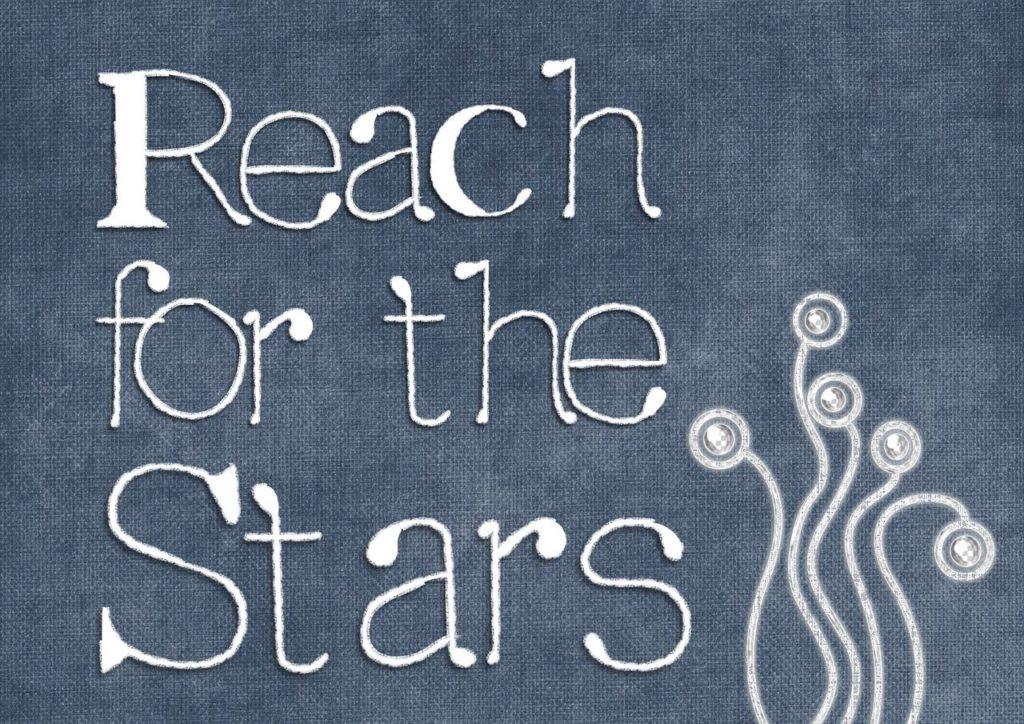
February is an exciting month for football fans, but figure skating is more my style. I often wonder at how skaters get right up after they fall and continue skating. Apparently it’s one of the first lessons skaters learn. Indeed, Scott Hamilton—American figure skater and 1984 Olympic champion—counted 41,600 skating falls.
Building on this experience, in 2017, the U.S. Figure Skating founded National Get Up Day on February 1 as a day to share inspiring stories of perseverance and the power of never giving up. So today I’m sharing a snippet of the story of what it took for Little People of America (LPA) to break the six-inch reach barrier for ATMs.
Want to subscribe to receive blog updates sign up today!
In 1993, Nancy Mayeux—a parent of children with dwarfism—led 700 LPA members in a letter-writing campaign to the federal Access Board in response to their call for public comments on the height of ATMs. In a devastating blow, the Board declined the requests to lower the operable parts on ATMs from 54 to 48 inches.
One year later, unwilling to give up, LPA applied for membership on the ICC/ANSI A117.1 Committee on Accessible and Usable Buildings and Facilities, a private organization that produces a model building code making public buildings and facilities (including ATMs) accessible to people with disabilities. LPA’s application was approved and I was persuaded to represent LPA on the Committee.
In March 1995, the Committee rejected LPA’s proposed changes targeting the six-inch reach barrier as unsupported by statistical data. Despite this setback, LPA gathered data on height, arm extension, eye height, and vertical reach at the July 1995 national conference. And the data showed that at 48 inches about 80% of people with dwarfism could reach ATMs and everything else activated with a push, pull, or turn.
When the data was presented to the Committee in February 1996, it resulted in the biggest code change in 20 years! LPA’s 48-inch proposal was added to the second draft of proposed code revisions. However, the proposal still needed to survive public comments and negative ballots on the final draft of the ANSI Access Code in the next three meetings: October 1996, April/May 1997, and October 1997.
At the Spring 1997 meeting, there was pressure on Committee delegates to withdraw their early votes supporting 48 inches. After a five-hour battle and the longest debate on a single provision in the whole three-year revision cycle, the room was quiet as the votes were carefully counted: 13 in favor of 54 inches, 18 for 48 inches, and seven abstentions. But the fight was not finished.
In October 1997, a surprise fifth and final debate on LPA’s proposal was scheduled. Once again I had to justify the reasons for lowering the unobstructed side reach from 54 to 48 inches. But when the final vote was taken, the victory was more decisive—22 votes for 48 inches, eight votes for 54 inches and only two abstentions.
As a result of LPA’s “get up” actions we learned that change is possible with preparation, perseverance, persuasion, and prayer.
Photo credit: Image by Gerd Altmann from Pixabay
This post is a condensed version of Chapter 15, Breaking the Six-Inch Reach Barrier, in “ALWAYS AN ADVOCATE: Champions of Change for People with Dwarfism and Disabilities” by Angela Muir Van Etten. https://angelamuirvanetten.com/always-an-advocate/.


